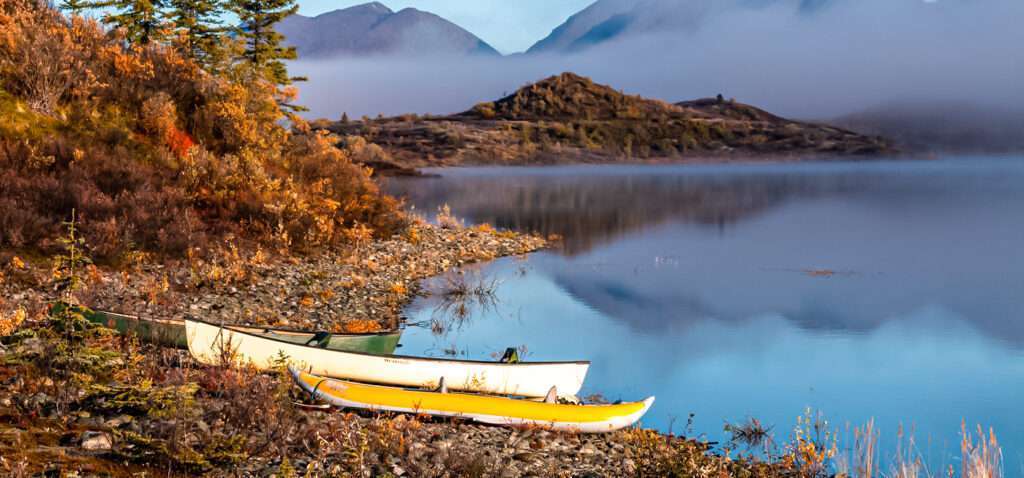Paddling a canoe requires practice and balance. The design of a canoe makes it possible to glide through the water but it also allows the craft to tip with any movement from the passengers. The natural instability of the craft means passengers should wear a life vest at all times. Solo paddling allows the user maximum control but multiple passengers requires a coordinated effort to maintain stability. The different sizes and hull designs also change the center of balance and general feel of different canoes.
Instructions
Difficulty: Moderate
Things You’ll Need:
- Canoe
- Outriggers
- Paddles
- Life vest
Step 1
Purchase a short canoe with a wide hull. Short canoes have less storage space but the wide hull design increases the stability of the craft. It also increases the amount of effort required to paddle.
Step 2
Add outriggers each side of the canoe. Outriggers stabilize the canoe without creating a large amount of drag. Outriggers are commonly used by fisherman because they make it possible to stand but they are also helpful for beginning paddlers and canoes with unruly dogs.
Step 3
Distribute the weight of cargo evenly. Store the heaviest items in the center of the canoe and balance the weight by storing the lighter items on both sides of the interior. Test the balance by placing the loaded canoe in the water without any paddlers. If it leans to one side you must adjust the weight to balance the craft.
Step 4
Practice paddling solo before attempting a group trip. While paddling solo you can gain confidence and learn to balance the canoe with body weight. If the canoe dips to the right you must lean to the left.
Step 5
Practice several short runs with a group before attempting a long trip. The group must work together to balance the canoe. If the canoe dips right, the entire group must shift their weight to the left. With several paddlers, it is a short lean rather than the long lean required by a solo paddler.
Tips & Warnings
- Practice paddling and balance in shallow water that is close to shore before attempting open water trips. Also practice in the summer months to reduce the risk of hypothermia in cold waters.
- Avoid launching a canoe during periods of high wind. Wind will cause the canoe to become extremely unstable. Also wear a helmet when paddling in shallow water. It is possible to tip and strike your head on rocks.

